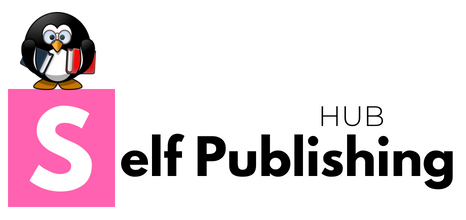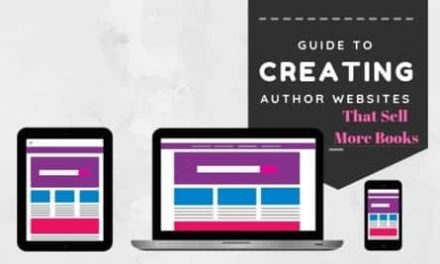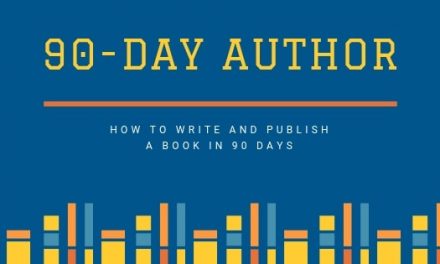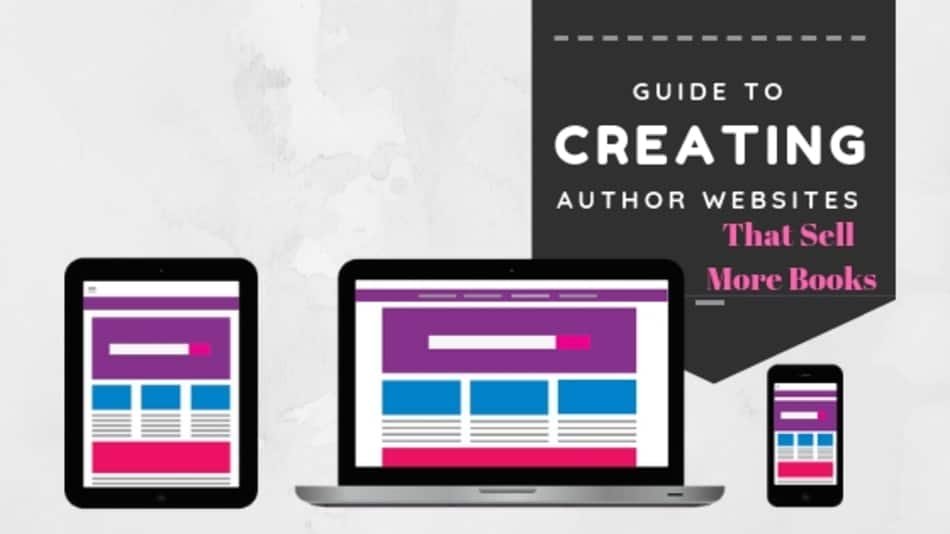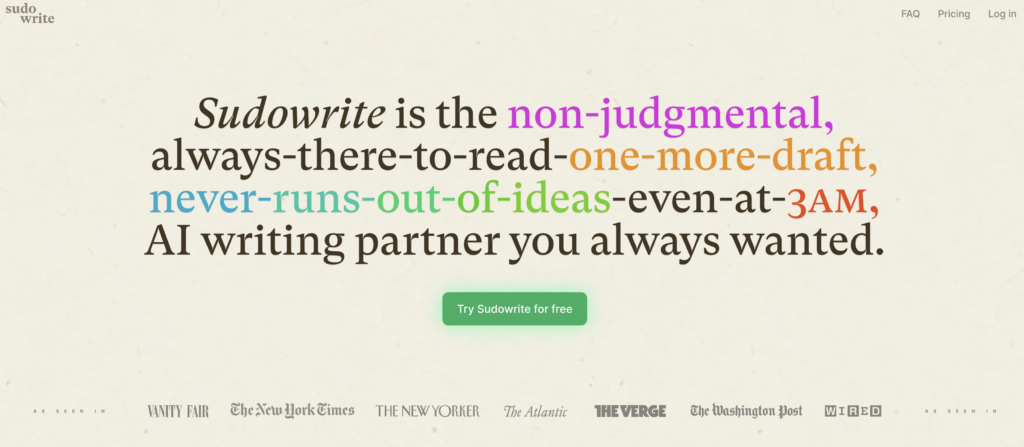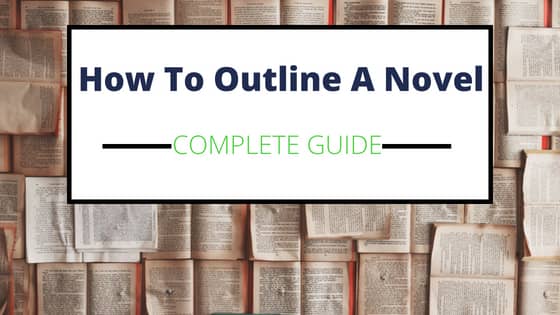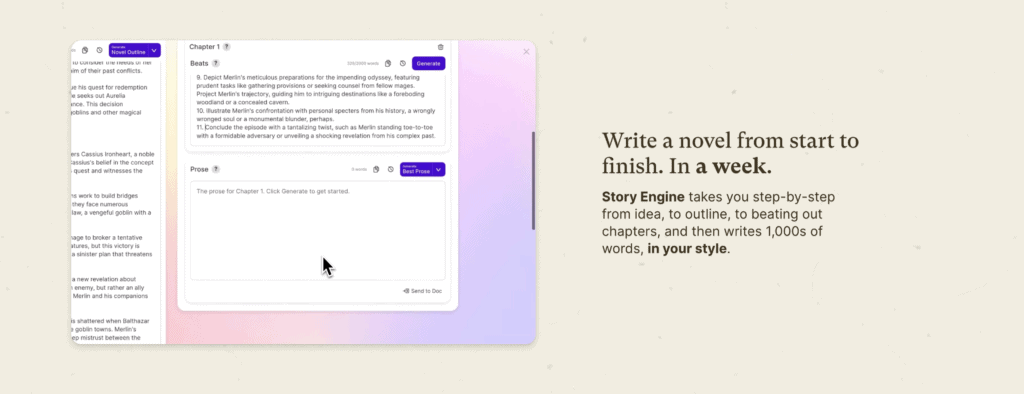We all know you shouldn’t judge a book by its cover, but I’m going to be very real with all of you in a world that is growing more and more competitive in terms of media options and the number of books someone can pick up and consume, your cover counts big time. I hope you will forgive the self-promotion above since the cover is from the first book in my “Omega Conspiracy Series”, but I thought it illustrated the point of the article just fine.
Let’s answer a question that comes up a lot- What is the back of a book cover called? The back of a book cover has a few different names.
- The physical outer layer of book that can sometimes be removed from the actual bound cover is called a “Dust Jacket”
- The writing on a back of the cover or “dust jacket” is sometimes referred to as the book “Synopsis or Blurb”
As much as I know you’d love to read an article about dust jackets, in this article, we will dive deeper into the written matter on the back of the book cover more than the actual physical makeup of the cover itself. This is something that it really important for self-published authors and traditional authors for that matter.
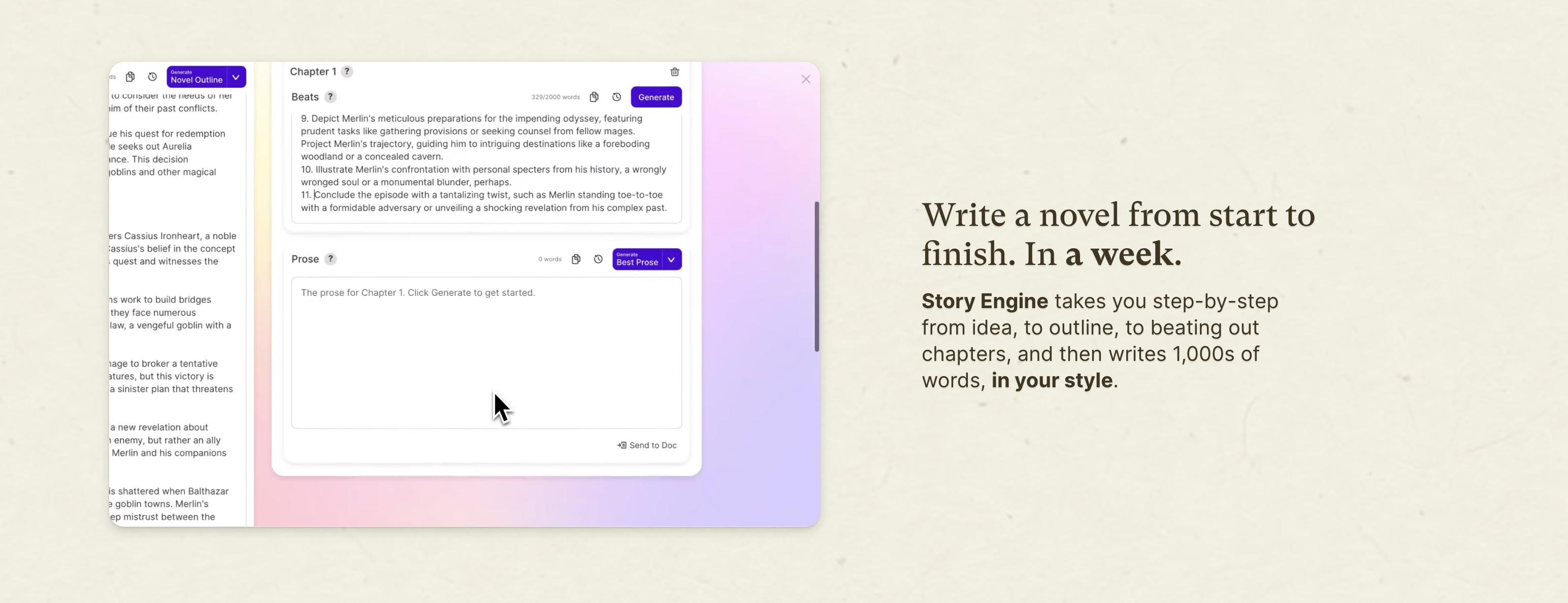
Article Topics
Why is the Back of Your Book Cover so Important
As a self-published author, you have the blessing and curse that comes with having more say about every step in your book’s launch and marketing plan. This is something traditional publishers don’t always afford new writers.
With that being said you have to make sure that you set yourself up for success at each step in the process. The first window most prospective readers will have when deciding whether or not buy your novel is the book cover.
Put yourself in your reader’s shoes, they are browsing Amazon or their platform of choice looking for their next good read, and as they scroll they will have lists and lists of options. The front book cover normally gets all the accolades and importance when talking to new authors, and I understand why. It’s the lead singer of the band, everyone focuses on it.
Your front cover will help catch the eye of a prospective reader when they are searching a litany of options. A good front cover will get more prospective readers to stop and click on your book. It will buy you 15-20 more seconds that you otherwise wouldn’t get if your front cover was lacking and the potential reader just kept scrolling.
Your back cover or blurb will make them buy. The blurb or synopsis is meant to take those additional precious few seconds that your front cover earned you and hook the reader with intrigue and interest enough to click download or purchase. This is your chance to sell your reader on why they should dedicate time and money reading your story or why they shouldn’t. I want you to think about that for a second and see if you disagree with the premise of this article as to why the back cover is so important in your self-publishing journey.
So How Long Should The Blurb/Synopsis Be
If you are still reading this, then you probably agree that the blurb space of your back cover is a very important real estate, but the next question you might be asking is just how long should the Blurb be.
A Blurb should be anywhere between 150-200 well-crafted scintillating words. This is a good length to fit on most sized books, anything much longer than that you run the risk of the font getting so small it will be hard to read.
Readers aren’t naive, they know that you wrote this blurb to sell the book so your job is that much harder. You need to sell them even though in the back of their minds they know their being sold.

What should I include in the Blurb
BIG BLURB HINT- The first thing you should do when sitting down to write the blurb to your book is make sure that you read and analyze other books in your genre to see current examples of selling authors. You can do this by Googling: Amazon Best Sellers and then find a list of best sellers in each category. Do your homework it will pay off and give you peace of mind.
Now that you’ve done your homework you probably have a much better idea on what a good blurb sounds like. But ask yourself these questions to really help analyze the blurbs you read and pick out what made them better than some of the others.
Ask yourself these questions when reading sample blurbs:
- What were the hooks that this Blurb Shared with me that made me want to read more?
- Did the blurb leave you asking questions?
- How did the blurb set up intrigue?
- How would those hooks appeal to a potential reader
Fiction Authors should include the following on their back covers
On the back cover your fiction book you want to remember the lessons and questions you answered above when doing your Blurb research. You should be thinking about these 200 words as 1 to 2 paragraphs to sell your book.
Make sure you aren’t using a lot of extra words, give a high-level 1000 foot view of what your novel is about. Make sure you are hitting main plot points but don’t worry about minutia. You want to lay out what makes your book intriguing to a potential reader and what they can expect from the story inside. Try to construct your synopsis so it tells your reader what the book is about, includes the major hooks but leaves them wanting more by also opening up other questions they need answering.
Here is a quick blurb best practice Checklist
- Keep your synopsis to 150 to 200 words so it fits on your cover at a decent font.
- Give your reader the biggest plot points at a 1000 foot view, avoid minute details
- Set up intrigue by structuring your blurb so it gets the reader asking more questions
- If you can end it with a big piece of suspense that the reader just needs to be answered then you have a great chance of them hitting purchase.
Also, Include Endorsements on Your Book’s Back Cover
If you have endorsements from another author in your Genre the back cover is a great place to put them. It gives the reader some social proof from another authority in the genre which can be great for unknown authors.
Amazon uses this concept all over their site with: Readers who purchased this also purchased these books.
If you have an endorsement, use it.
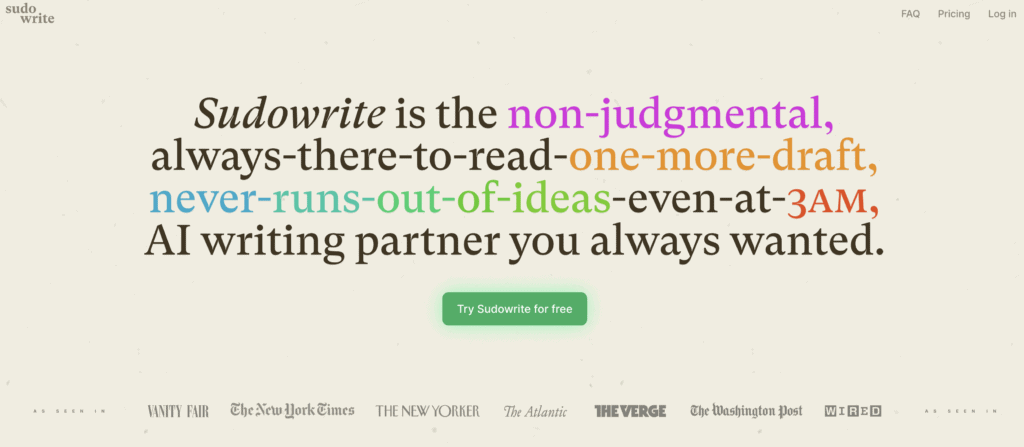
Nonfiction Book Back Covers are a little different.
For a nonfiction, author credibility becomes the utmost importance for a potential buyer. You want to include a few sentences about you as an Author to establish your credibility.
Think about it, if you were buying a book on real estate sales you would want to know the author’s past experience and success in selling real estate.
If you wanted to read a book on dog training, then you would want the back cover blurb to explain how the author has bred and trained champion dogs for more than 20 years.
If you want to get a book on writing a best seller, you would want to go to a best seller like Steven King. Nonfiction books serve a very specific need in the reader’s mind. They want to read the book to help them solve a problem or learn something new. Make sure you remember this.
You should focus your nonfiction back book cover on what the book will do for the reader, what it can help them learn, how those skills will solve a problem or make their situation better moving forward.
As a nonfiction reader you want the information to be:
- Clear and Concise
- Come from a credible source
- Be Actionable
- Help You reach your desired outcome moving forward
It’s a good idea to put the top 3 to 5 bullets highlighting the biggest benefits the reader will get from the book or what the reader will learn from the book.
It’s a good idea to include a professional headshot of the Author on Nonfiction book covers as well.
Endorsements work great for nonfiction covers as well
I know authors feel weird about marketing themselves but if you have an endorsement from a respected member of the topic you are writing about, then it behooves you to include those endorsements on the back cover as well.
Remember the back cover is prime real estate and if your book description/blurb doesn’t convince the reader that your book will help answer their questions, or improve their outcome moving forward, they are most likely going to keep searching until they find one that does.
So let’s Review
- The back of a book cover is called different things, but the back matter on the cover is really important no matter what you call it.
- Blurbs are what sell your book when your front cover has attracted prospective readers enough to click on the novel from a huge list of options.
- Keep your blurb concise and compelling- around 150-200 words.
- Endorsements are gold, they help give you social proof in the eyes of a new reader.
FICTION
- Make sure you add your biggest plot hooks for fiction books
- Keep the level of detail at a 10k foot view
- Leave your readers intrigued and wanting more
- Try to end your blurb with a big question that set’s your reader’s insides on fire with desire needing to have it answered.
Nonfiction
- Make sure you establish your credibility with a couple of sentences – no one wants to buy a book on how to swim the 100-meter breaststroke from someone who is afraid of the baby pool
- Make sure you clearly outline how your book will help your readers
- Use bullet points to outline your books biggest benefits
- Remember the reader isn’t reading for enjoyment, they are reading nonfiction to learn something or help them solve a problem.
I hope this article on what the back cover of your book is actually called helped, and more importantly, I hope it helped you understand just how important book blurbs are in the overall success of your book.
Don’t overlook that precious real estate that faces the world for everyone to see. It can make the difference between a reader clicking check inside for a preview or buying your book straight away. Amazon and all other platforms like to show consumers or in this case book readers products/books that convert. So if you get someone to click on your title, you want to really hook them with your back cover!
Hope this helps, thanks for reading and writing!
